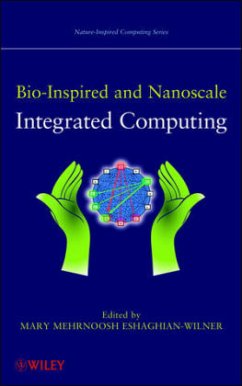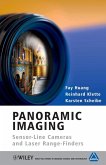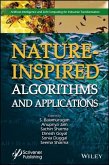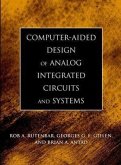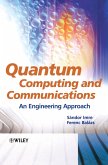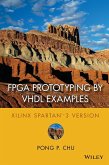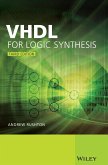Brings the latest advances in nanotechnology and biology to computing This pioneering book demonstrates how nanotechnology can create even faster, denser computing architectures and algorithms. Furthermore, it draws from the latest advances in biology with a focus on bio inspired computing at the nanoscale, bringing to light several new and innovative applications such as nanoscale implantable biomedical devices and neural networks. Bio Inspired and Nanoscale Integrated Computing features an expert team of interdisciplinary authors who offer readers the benefit of their own breakthroughs in integrated computing as well as a thorough investigation and analyses of the literature. Carefully edited, the book begins with an introductory chapter providing a general overview of the field. It ends with a chapter setting forth the common themes that tie the chapters together as well as a forecast of emerging avenues of research. Among the important topics addressed in the book are modeling of nano devices, quantum computing, quantum dot cellular automata, dielectrophoretic reconfigurable nano architectures, multilevel and three dimensional nanomagnetic recording, spin wave architectures and algorithms, fault tolerant nanocomputing, molecular computing, self assembly of supramolecular nanostructures, DNA nanotechnology and computing, nanoscale DNA sequence matching, medical nanorobotics, heterogeneous nanostructures for biomedical diagnostics, biomimetic cortical nanocircuits, bio applications of carbon nanotubes, and nanoscale image processing. Readers in electrical engineering, computer science, and computational biology will gain new insights into how bio inspired and nanoscale devices can be used to design the next generation of enhanced integrated circuits.
Hinweis: Dieser Artikel kann nur an eine deutsche Lieferadresse ausgeliefert werden.
Hinweis: Dieser Artikel kann nur an eine deutsche Lieferadresse ausgeliefert werden.

